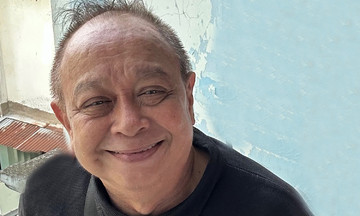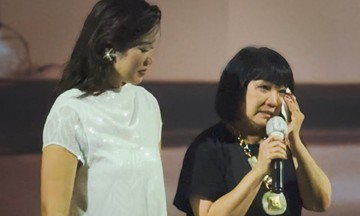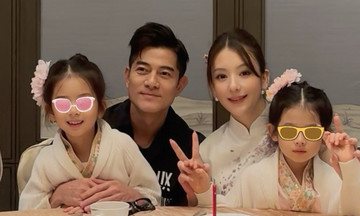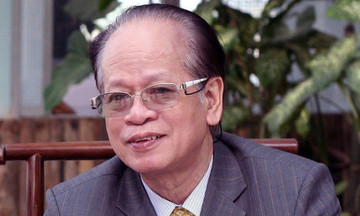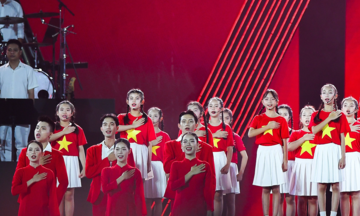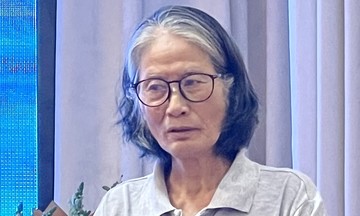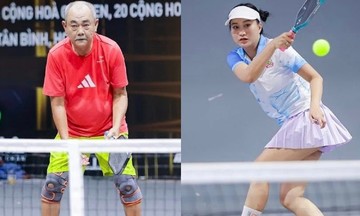When mentioning Hanoi's historic theaters, audiences mostly recall the Hanoi Opera House. Built over 100 years ago, bearing French influences, the building has witnessed the ups and downs of history and the capital's artistic appreciation. Besides the Opera House, from the late 19th to the mid-20th century, Hanoi was also home to many theaters catering to the entertainment needs of its residents.
In 1873, the French conquest of the city brought numerous changes, from landscapes and architecture to artistic approaches, with the emergence of Western-style theaters. According to the National Archives Center I, the first theater was built at the beginning of Takou Street (now Hang Cot Street) in 1887, hosting opera troupes from China and musical groups from France. Though small, it met the entertainment demands of French officials and nobles in Hanoi at that time.
Smaller performance venues subsequently appeared, such as Kinh Ky theater on Luong Van Can Street – Hanoi's first Vietnamese-owned opera house. Nearby was the Nam Chan theater on Hang Quat Street (now the Thang Long Song, Music and Dance Theater), a frequent venue for traditional opera.
In 1916, the Quang Lac theater (currently located at 8 Ta Hien Street, managed by the Hanoi Drama Theater) was established, specializing in traditional Vietnamese opera or "hat boi." In his book *Le Tonkin pittoresque* (1925), author Michel My recounted his experience of attending a performance of *Tam Quoc* at 9 p.m. with a friend. Even though the play had already begun, the audience still crowded outside the door to get tickets.
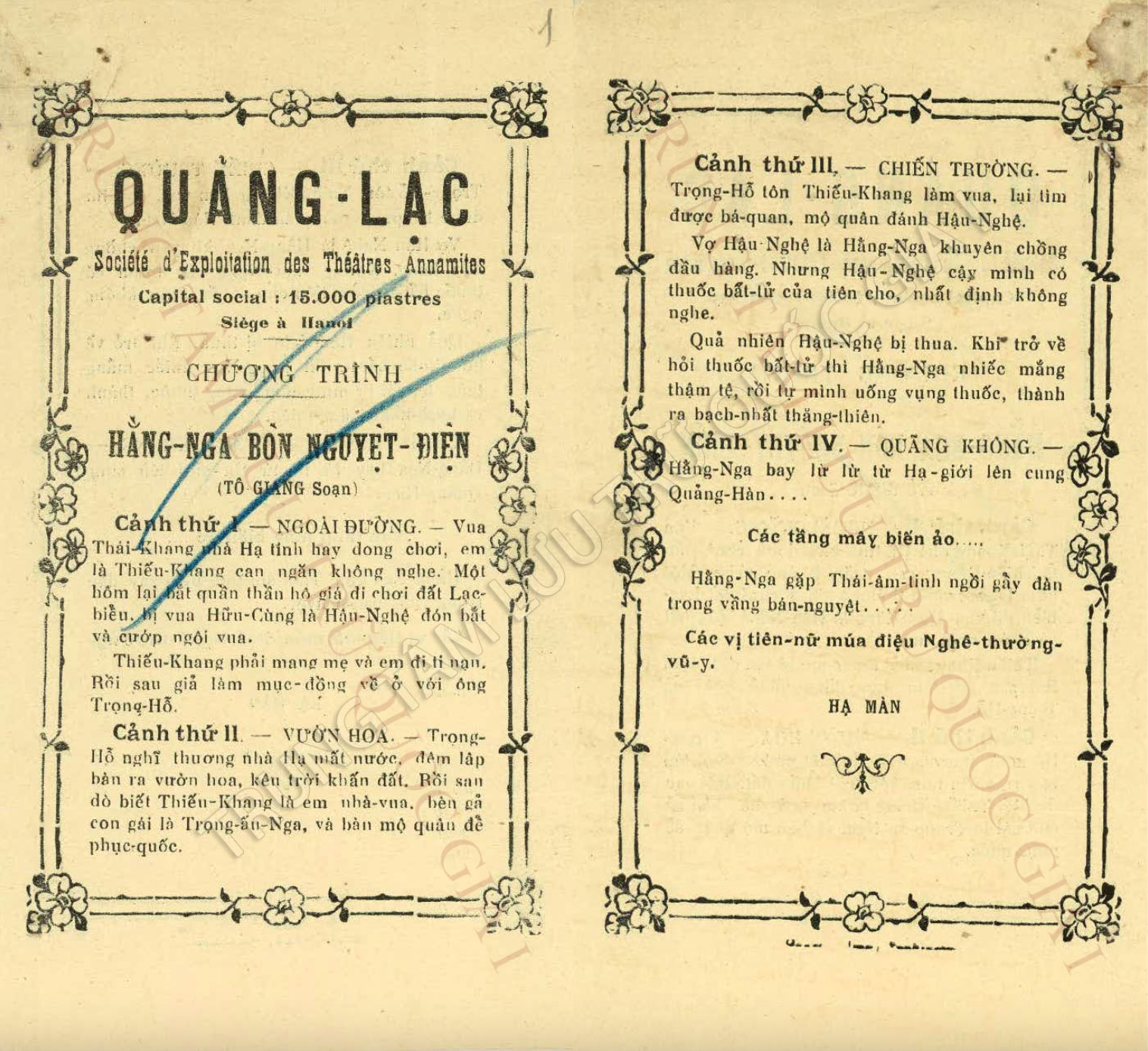 |
Advertisement for a play at Quang Lac theater. *Photo: National Archives Center I* |
In the 1920s, "cai luong," a form of modern Vietnamese folk opera, gained popularity in the capital. Many young enthusiasts purchased records produced by Pathe and Beka to listen to and subsequently formed amateur cai luong groups. Two prominent groups of that era were Tai Tu Dong Au and Tai Tu Pho Hang Giay.
By 1927, Nghia Hiep Ban became the first cai luong troupe from Saigon to perform in Hanoi, staging their shows at the Quang Lac theater. An advertisement in *Ha Thanh Ngo Bao* at the time proclaimed: "Nghia Hiep Ban is a cai luong troupe from Saigon, led by Mr. Nguyen Van Dau. With nearly 50 members, including actors, actresses, and musicians, they've toured throughout Southern and Central Vietnam, receiving acclaim everywhere. This marks their first time performing in Northern Vietnam, and they will be residing at the Quang Lac theater. Their opening performance of *Anh Hung Nao (So Van Falls from the Tower)* is scheduled for Sunday evening, 20/11/1927. This play is highly anticipated, with each role boasting unique gestures and movements… Many scenes feature innovative staging! The costumes are stunning: The xoang singing is captivating! The music is enchanting! There's even a character dressed in an unconventional cai luong style, never before seen in Hanoi."
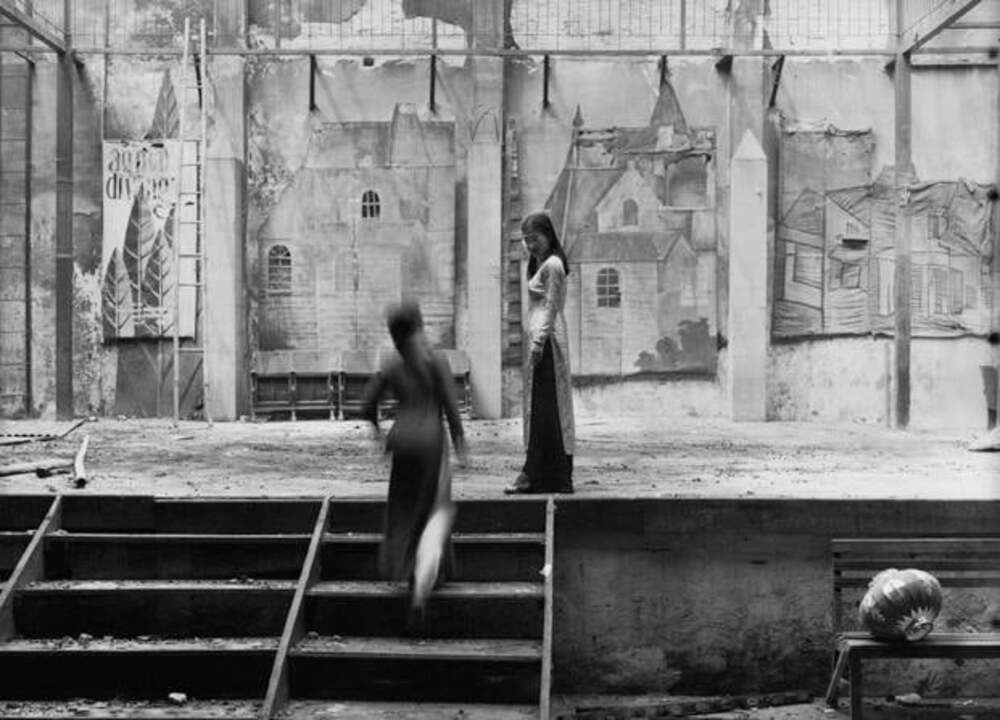 |
Quang Lac theater after the 1997 fire. *Photo: Nguyen Huu Bao* |
The current Hanoi Old Quarter Cultural Exchange Center stands on the former site of the San Nhien Dai theater. Initially a venue for "cheo" (traditional Vietnamese opera), it later incorporated cai luong performances. In 1940, the theater became the main stage for Nhat Tan Ban, a cai luong troupe founded around 1935 by Doan Ba Chinh and Tran Quang Cau.
This was also the hub for the Anh Vu drama troupe, led by poet The Lu. In 1944-1945, the troupe used the theater as a recruitment venue for actors and actresses for their nationwide tour. After 1950, San Nhien Dai was renamed Lac Viet. During the challenging economic times of the 1960s, the building became communal housing for artists and their families. However, a fire in the late 1980s destroyed the theater, forcing families into temporary housing for many years until they were relocated for the construction of the Hanoi Old Quarter Cultural Exchange Center.
In the early 20th century, while in Hanoi, author Ho Van Lang had the opportunity to visit both the Quang Lac and San Nhien Dai theaters. He described: "Quang Lac theater followed the Southern style, so many Southern performers came to sing there. San Nhien Dai, known as the Cheo theater, followed the Northern style, with only Northern performers, as Southerners couldn't imitate this style due to the difficulty of mimicking the accent." The author observed a solemn atmosphere in both theaters during performances, with rules prohibiting smoking and requiring quiet footwear.
Chuong Vang, at 72 Hang Bac Street, was another major and consistently active theater in Hanoi during this period, leaving a significant mark on the city's entertainment scene, according to writer Truong Quy.
Initially named Thang Long Theater, it specialized in traditional Vietnamese art forms like "tuong" and "cheo." In 1925, it transitioned to a cai luong venue, becoming Cai Luong Theater. Around the early 1940s, Chinese residents of Ta Hien Street purchased the building, renaming it Cinema Trung Quoc and screening Hong Kong films. In 1951, actress Kim Chung and her husband, Tran Viet Long, acquired the theater, establishing the renowned Kim Chung cai luong troupe and renaming it Van Lang.
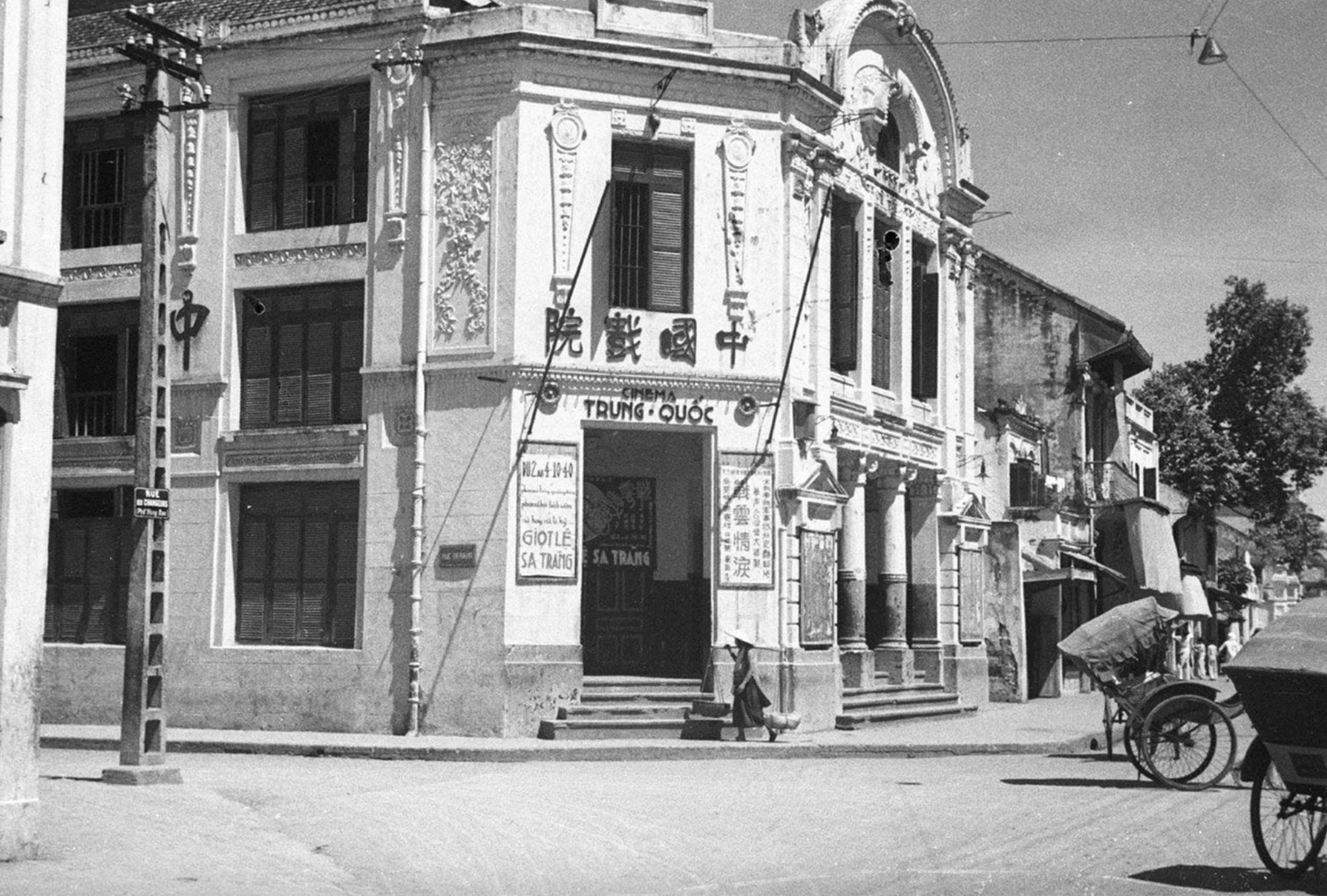 |
Cinema Trung Quoc, later Chuong Vang theater. *Photo: Archives* |
Since 1956, the building has been known as Chuong Vang. Beyond artistic performances, it also hosted the "Death for the Nation's Survival" oath-taking ceremony of Hanoi's suicide squad on 14/1/1947. The squad, comprising young people, workers, and soldiers from Inter-zone 1, declared in unison: "We swear to live and die with Hanoi; the French want to seize our capital, but as long as we live, Hanoi will never fall."
The theater also showcased the talents of prominent figures like cai luong playwrights Si Tien and Khanh Hoi, actress Kim Chung, and the artistic couple Kim Xuan and Tieu Lang, parents of People's Artist Nhu Quynh. One of Chuong Vang's most successful cai luong plays was *Kieu*, starring Kim Xuan and Tieu Lang.
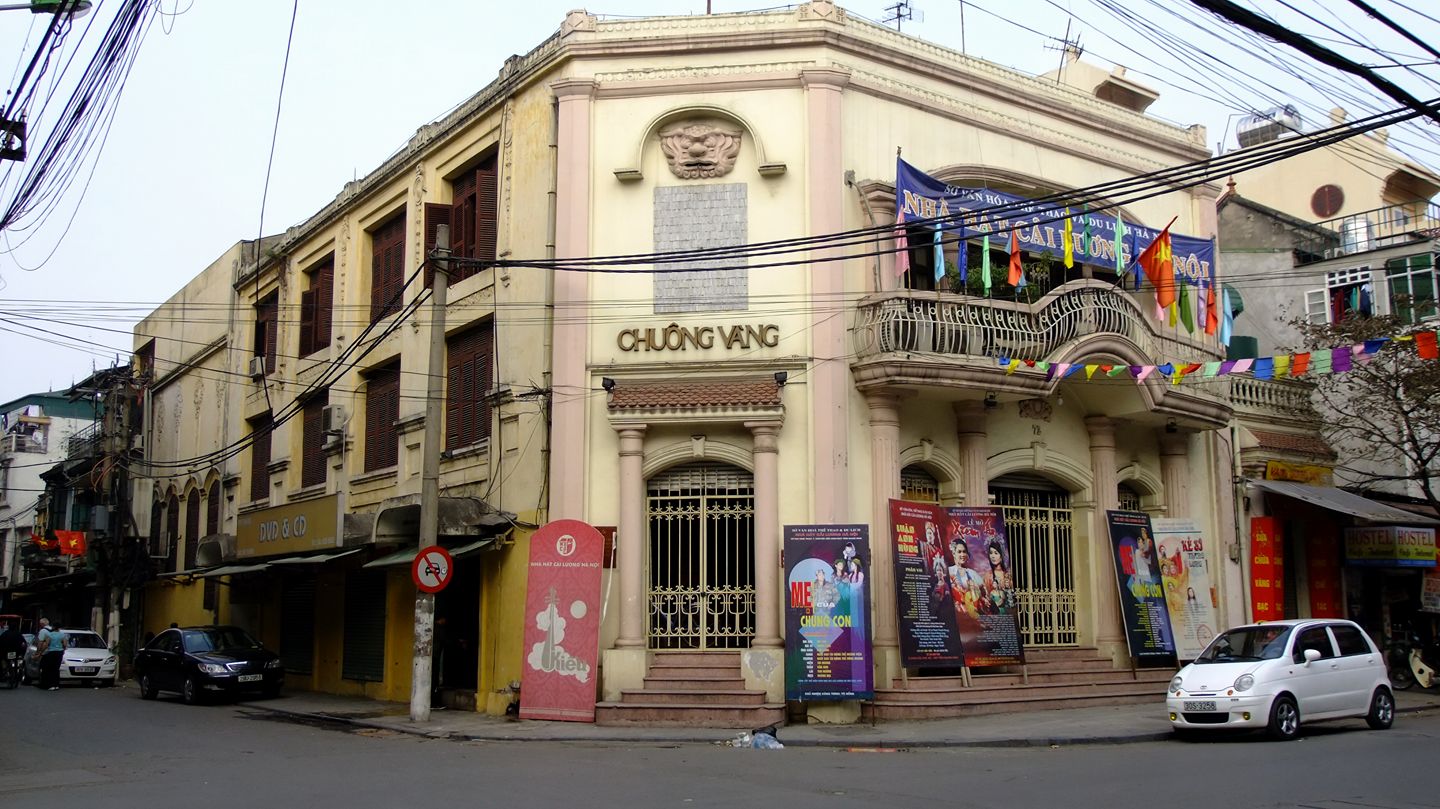 |
Chuong Vang theater today. The building underwent renovations from November 2017 to March 2018. *Photo: Chuong Vang Cai Luong Troupe* |
Writer Truong Quy describes Quang Lac, San Nhien Dai, and Chuong Vang as the "golden triangle of Hanoi's performing arts," situated within 150 meters of each other. This "triangle" enriched the lives of Hanoi residents and provided strong competition against the encroaching influence of cinema at the time. Over time, many renowned theaters of 20th-century Hanoi have not remained intact, but the legacy of their opera and cai luong performances endures as a cherished part of the capital's memory.
Phuong Linh




